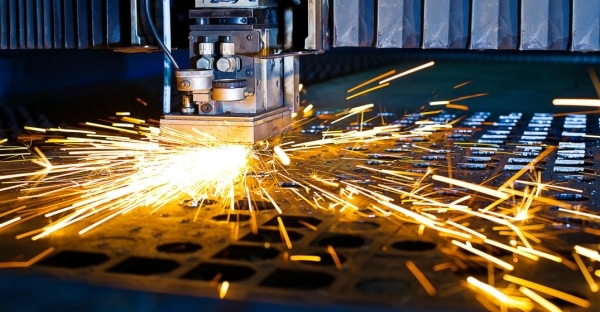EAC will be better prepared for industrialization 4.0 if local production (and consumption) was boosted by member states
- Imports from other countries, outside of the EAC, are enjoying lower rates (25%) for products that are or may be produced within the EAC. This is not only derogatory to the objectives of the EAC, which include building the prosperity, competitiveness, and stability of the region but it also undermines industrial growth and its benefits.
- Progress has been made through trade agreements with the EAC Partner States. First is the establishment of the EAC Single Customs Territory to facilitate faster clearance and movement of cargo from the port of entry to destination. Second is the implementation of One-Stop Border Posts (OSBPs) aimed at facilitating cross-border movements through reduction of the time taken in clearance procedures. The third is the removal of several Non-Tariff Barriers (NTBs) that had previously frustrated trade between the Partner States.
By Phyllis Wakiaga

The establishment of an effective Common External Tariff in the East Africa region will lead to the exponential growth of the manufacturing sector.
A Common External Tariff (CET) refers to an import tariff or rate adopted and applied by countries within a common market. This tariff is ideally imposed on products imported from non-member countries, with the intention of promoting industrialization in the common region, enhancing the economic development of member states, and liberalizing regional trade.
The East African Community (EAC) is in the process of reviewing its CET that if adopted, will steer the manufacturing sector into an upward spiral, which is needed as we grapple with the effects of COVID-19 Pandemic.
It is important to highlight the progress made through trade agreements with the EAC Partner States. First is the establishment of the EAC Single Customs Territory to facilitate faster clearance and movement of cargo from the port of entry to destination. Second is the implementation of One-Stop Border Posts (OSBPs) aimed at facilitating cross-border movements through reduction of the time taken in clearance procedures. The third is the removal of several Non-Tariff Barriers (NTBs) that had previously frustrated trade between the Partner States.
But even with this progress, the laxity to agree upon and implement the EAC CET by the Partner States is straining the competitiveness of the sector and the economic growth of the region.
In essence, the current tariff undermines industrialization efforts by favouring imports or subsidizing importation costs, in turn, resulting in reduced competitiveness of local manufacturers. This leads to few job opportunities and decreased development and ultimately, increased cost of living.
The Current EAC CET Tariff stipulates that the EAC Partner States may import products at different levels with the following duty rates: raw materials – 0%, intermediate – 10%, and finished products – 25%.
In short, imports from other countries, outside of the EAC, are enjoying lower rates (25%) for products that are or may be produced within the EAC. This is not only derogatory to the objectives of the EAC, which include building the prosperity, competitiveness, and stability of the region but it also undermines industrial growth and its benefits.
For the region to reap the benefits of industrialization, it is necessary that we impose a higher duty rate on the importation of finished products from countries outside the EAC region. This will result in strengthened backward and forward linkages between the EAC Partner States, advanced value chains, and increased competitiveness and sustainability of the region.
A 35% tariff rate on the importation of finished products could not come at a better time. The competitiveness of the sector is currently being deterred by transport and logistics issues, excessive governmental levies, increased cost of power, and the effects of the pandemic. In fact, adopting this tariff band may be the policy response we need to protect the country from import surges and unfair trade practices at this time.
Though Uganda, Tanzania, Kenya, and South Sudan support the reviewed EAC CET rate on finished products, a non-conclusive EAC entity will result in delayed implementation and therefore continued imports and impaired economic progress.
The Association is in strong support of this newly reviewed EAC CET, which includes a 4th band that will impose a 35% rate on imported finished products from non-member states, instead of 25% as is in the current CET. This protection shall drive up our competitive edge against imported goods, thus resulting in increased investments in value chains and diversifying our export portfolio.
In order for us to steer towards the industrialization of the region, we must be intentional in adopting and implementing frameworks that will enhance manufacturing and promote exports.
The adoption of the reviewed EAC CET is a great step in achieving this. Therefore, EAC Partner States need to cohesively endorse the new tariffs and ensure effective implementation to secure the progressive growth and competitiveness of the manufacturing sector. This will result in better productivity, creation of job opportunities, increased revenue and regional prosperity.
The writer is the CEO of Kenya Association of Manufacturers and the Global Compact Network Kenya Board Chair. She can be reached at ceo@kam.co.ke.

